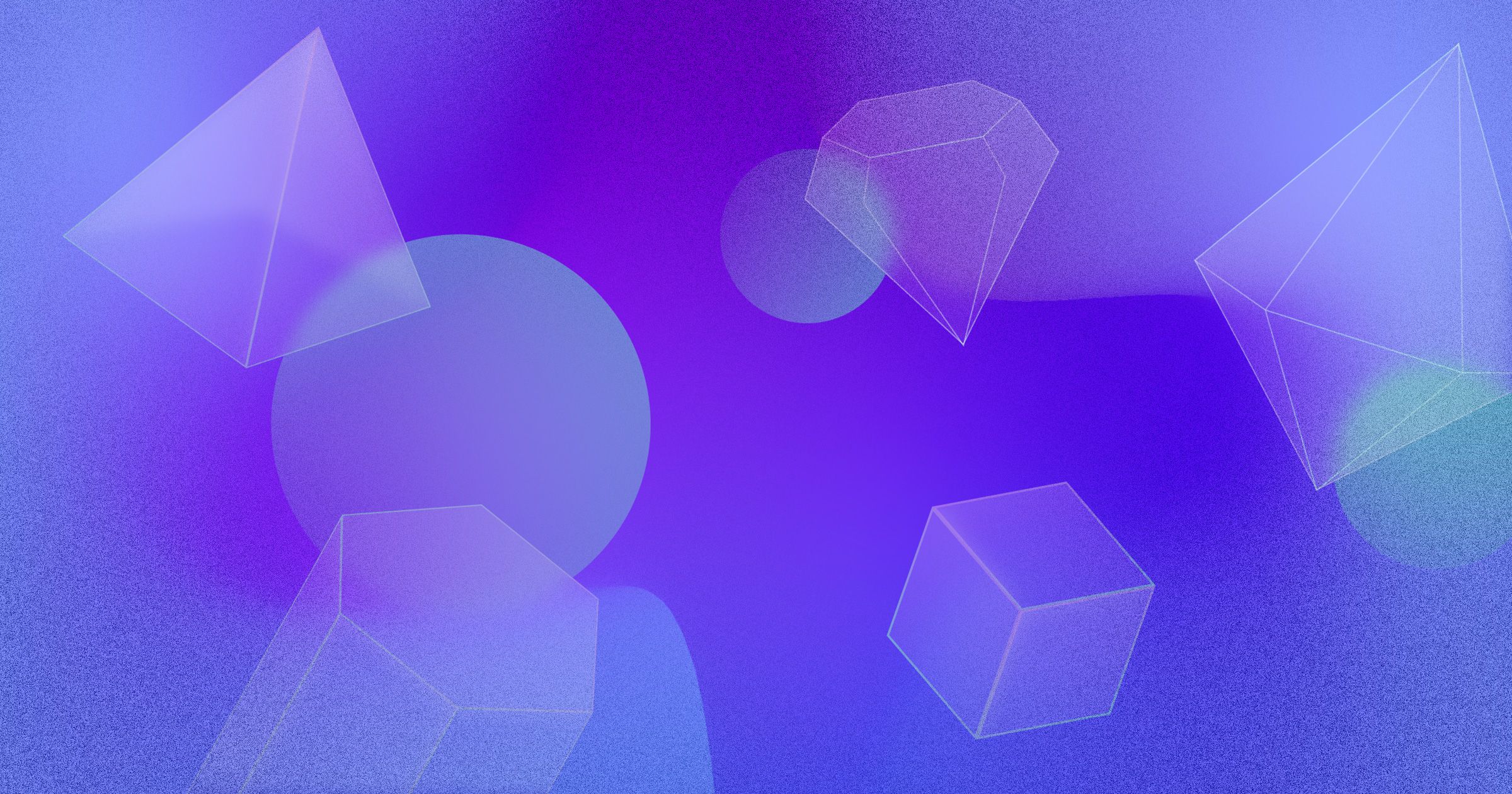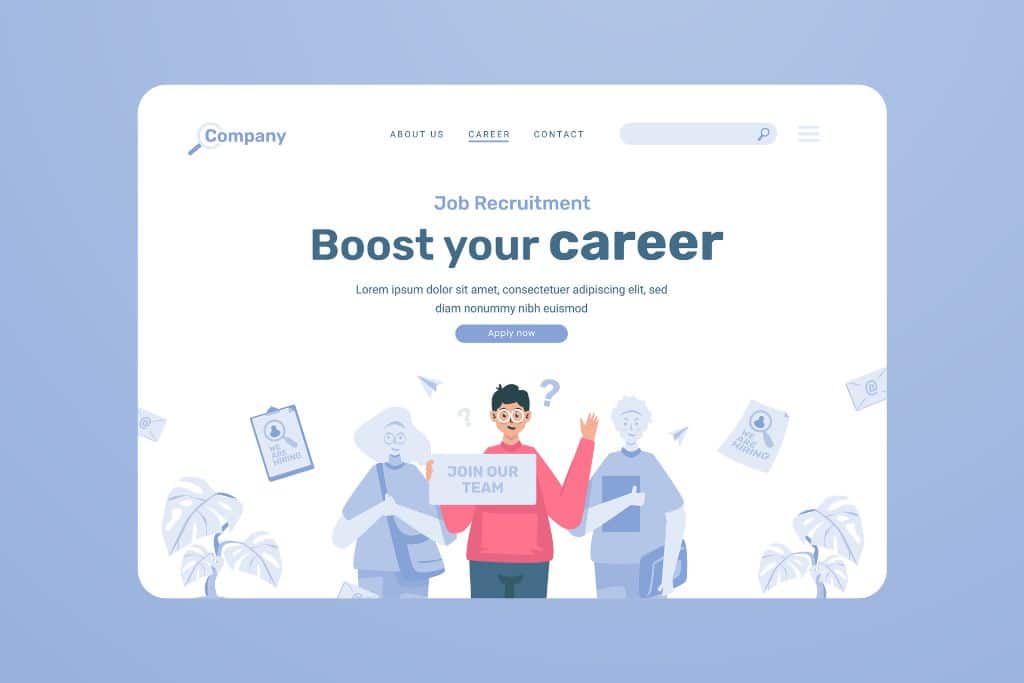How Glassmorphism Is Reshaping Website Aesthetics in 2025
Introduction
Website design is in constant evolution, and 2025 has ushered in a powerful aesthetic trend that’s hard to ignore—Glassmorphism. This modern design technique, characterized by frosted glass-like backgrounds, subtle shadows, and vibrant transparency effects, is dominating the visual landscape of the web.
From tech startups to portfolio sites and even enterprise applications, designers are embracing glassmorphism to create sleek, futuristic, and engaging user interfaces. But beyond its beauty, glassmorphism is also reshaping user experience, accessibility, and brand perception online.
In this guide, we’ll explore how glassmorphism is transforming website aesthetics in 2025, how to implement it effectively, and what you need to know to make the most of this trend in your own design work.
What Is Glassmorphism?
Glassmorphism is a design trend that mimics the look of frosted or blurred glass. It typically features:
-
Translucent backgrounds
-
Blur effects
-
Soft borders
-
Vivid or colorful backgrounds behind the glass
-
Subtle depth through drop shadows and layers
It gained momentum around 2020 but has matured into a full-fledged design philosophy by 2025—thanks to evolving web technologies like CSS backdrop-filter, more powerful GPUs, and widespread browser support.
Why Glassmorphism Is Trending in 2025
Here are a few reasons why glassmorphism has made such a big impact this year:
-
Modern, clean look: It gives interfaces a high-tech, elegant vibe that appeals to modern users.
-
Focus on depth and layers: Interfaces feel more dynamic and immersive.
-
Better contrast & readability: When done right, glassmorphism improves readability while maintaining a soft aesthetic.
-
Enhanced user engagement: The visual appeal draws users in and encourages longer time on site.
-
Improved browser support: With more browsers fully supporting CSS backdrop filters, implementation is now smoother and more consistent.
How to Implement Glassmorphism on Your Website: Step-by-Step Guide

You don’t need to be a design wizard to start using glassmorphism. Follow these steps to effectively integrate it into your website design in 2025.
Step 1: Choose the Right Use Cases
Glassmorphism works best in:
-
Cards and widgets
-
Navigation bars
-
Popups and modal windows
-
Headers or hero sections
-
UI dashboards
Avoid using it excessively across entire layouts—it’s meant to enhance, not overwhelm.
Step 2: Set a Vibrant Background
The beauty of glassmorphism lies in contrast. It works best when the transparent element sits over a colorful, gradient, or visually rich background.
✅ Pro Tip: Use abstract backgrounds, light gradients, or even background videos to create depth behind the frosted layer.
Step 3: Create the “Glass” Layer with CSS
Here’s a simple CSS snippet to create a glass effect:
This gives you a translucent card with a blur effect and subtle border—classic glassmorphism.
Step 4: Layer Your Elements Thoughtfully
Good glassmorphism is all about layering. Place your glass elements above rich content, but maintain enough space between layers to preserve clarity.
Use z-index to control stacking and experiment with transparency levels for optimal readability.
Step 5: Ensure Accessibility and Contrast
One of the biggest challenges with glassmorphism is text legibility. To ensure accessibility:
-
Use strong contrast between text and glass backgrounds
-
Consider adding a semi-opaque overlay between the glass element and background
-
Test your site with tools like WCAG contrast checkers
⚠️ Glassmorphism is visually appealing, but without proper contrast, it can hinder accessibility.
Step 6: Make It Responsive
Glassmorphism can look stunning on large screens but may appear cluttered or unreadable on smaller devices. Use media queries and responsive units (vw, vh, rem) to ensure your designs scale gracefully.
Step 7: Animate Subtly
Enhance the glass effect with microinteractions—hover states, transitions, and parallax movements. Keep it subtle to avoid performance issues and visual overload.

Real-World Examples of Glassmorphism in 2025
-
Apple-style Dashboards: Sleek, layered cards with soft blur effects across dark gradients.
-
Tech Startup Landing Pages: Glass hero sections with floating buttons and blurred navs.
-
SaaS Platforms: Interactive dashboards using translucent cards for widgets and data visualizations.
-
Creative Portfolios: Designers using glassmorphism to make content stand out while maintaining an elegant aesthetic.
FAQs: Glassmorphism in 2025
Q1: Is glassmorphism just a visual trend, or does it improve UX?
While primarily aesthetic, glassmorphism enhances UX when used strategically. It helps create clear visual hierarchies and directs user focus. Just be mindful of contrast and usability.
Q2: Does glassmorphism affect website performance?
Yes, slightly. The use of backdrop-filter and blur effects can increase GPU load, especially on older devices. To optimize performance:
-
Limit the number of blurred elements
-
Use lower blur radii
-
Optimize images and background content
Q3: Which browsers support glassmorphism?
As of 2025, most modern browsers (Chrome, Safari, Edge, Firefox) support backdrop-filter. However, always test across devices and include fallback styles.
Q4: Can I use glassmorphism in mobile app design?
Absolutely. Glassmorphism is widely used in mobile UIs, especially in iOS and Android apps. Just ensure it scales well and doesn’t interfere with readability or touch interactions.
Q5: How is glassmorphism different from neumorphism or skeuomorphism?
-
Glassmorphism uses translucency and blur.
-
Neumorphism focuses on soft shadows and raised surfaces.
-
Skeuomorphism imitates real-world textures and objects.
Glassmorphism offers a balance of depth and minimalism, making it more usable than its predecessors.
Final Thoughts
Glassmorphism is more than a fleeting design trend—it’s a shift in how we approach visual storytelling online. Its translucent layers, depth, and subtle effects create immersive interfaces that feel futuristic yet user-friendly.
In 2025, web users expect digital experiences to be both beautiful and usable. Glassmorphism helps achieve that balance when applied thoughtfully.
So whether you’re redesigning a landing page, building a portfolio, or creating a complex web app—glassmorphism might just be the design edge you need.

Key Takeaways
-
Glassmorphism is a major design trend in 2025, known for its frosted-glass visuals.
-
It enhances depth, readability, and user engagement—when used correctly.
-
Use it in moderation, focus on contrast and accessibility, and test across devices.
-
CSS makes it easier than ever to implement, thanks to wider browser support.
-
It’s ideal for cards, navs, popups, and UI components—not full layouts.





